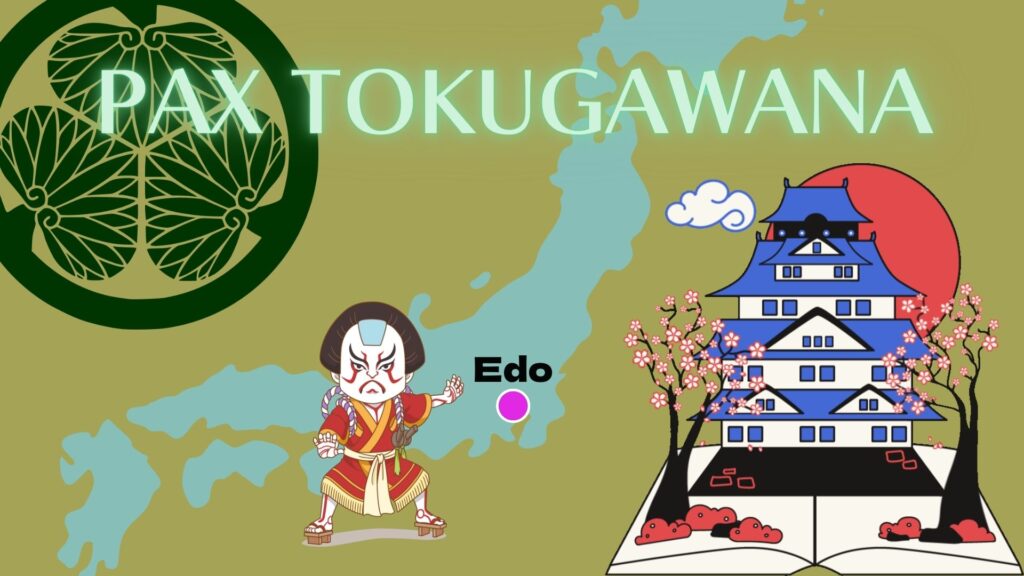Click here to go to the YouTube Video

As you know, the current capital of Japan is Tokyo. With a population of 14 million, Tokyo is a world-class metropolis and the political, economic, and cultural center of Japan. In this episode, we will look at how the Edo period (1603-1867) began, which triggered the development of Tokyo.

After the death of Toyotomi Hideyoshi, Tokugawa Ieyasu, based in the Kanto region, rose to power and came into conflict with Ishida Mitsunari, who was trying to protect the Toyotomi regime. In 1600, the two sides clashed in the Battle of Sekigahara, which Ieyasu won. Then in 1603, the Imperial Court appointed Ieyasu as the Seii Taishogun, and he established the shogunate in Edo (present-day Tokyo).

Even after Ieyasu established the shogunate in Edo, the Toyotomi family, based in Osaka Castle, remained powerful. Ieyasu succeeded in destroying the Toyotomi family at Osaka Castle in two separate attacks, in the winter of 1614 and the following summer.

Based in Edo, the Tokugawa family meticulously established themselves to rule the whole country. They divided the feudal lords of the country into three categories. The first was their own relatives or Shinpan; the second was their old vassals or Fudai Daimyo, and the third was the outlying feudal lords or Tozama Daimyo who had been their enemies until the Battle of Sekigahara.

The trusted Shinpans and Fudai Daimyos were located around Edo and other important areas. Tozama Daimyos were placed in remote areas far from Edo. The Tokugawa family enhanced the defense of Edo by arranging the feudal lords in this way.

The Tokugawa family established the Buke Shohatto, the law of the feudal lords, which prohibited the construction of new castles and large ships by all the feudal lords in the country. They also forbade feudal lords from associating with each other by marriage without the shogun’s permission.

During the reign of the third Shogun, Iemitsu, the Buke Shohatto was strengthened, and Sankinkotai, a system of daimyo’s visits to the shogunate was established. This required all feudal lords throughout Japan to have their wives and children reside in Edo and travel back and forth between their domains and Edo every other year to assist in the construction of Edo Castle and other projects. This placed a heavy financial burden on the feudal lords, especially Tozama Daimyos.

With this ingenious system in place, the Tokugawa family, led by the shogun, became the absolute rulers of the entire country. For nearly 260 years afterward, Japan was to enjoy a period of peace.
Thank you for reading.




Comment